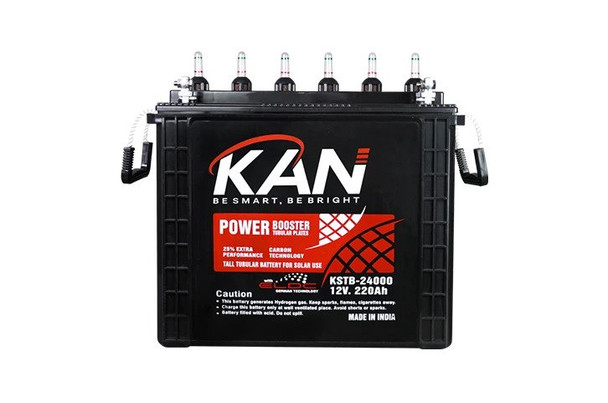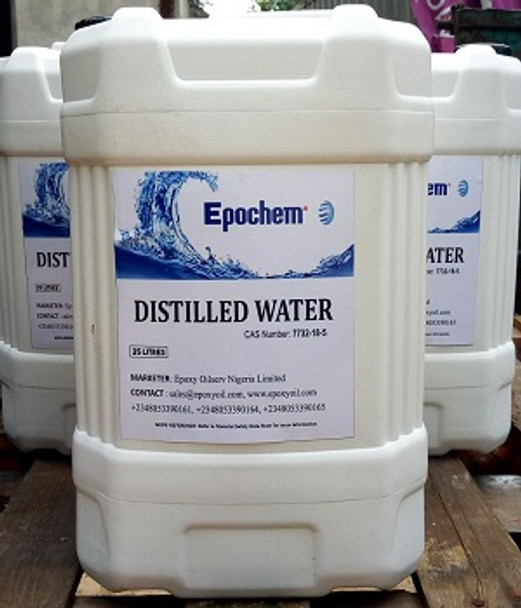Why Your Inverter Battery is Leaking and How to Fix It
Key Takeaway
- Causes of Leakage: Inverter battery leaks can result from overcharging, physical damage, improper maintenance, or using low-quality batteries. Identifying the root cause is the first step in preventing further damage.
- Safety Hazards: Battery leaks pose serious risks, including corrosion, electrical malfunctions, and potential health hazards from exposure to harmful chemicals.
- Prevention is Key: Regular maintenance, proper ventilation, avoiding overcharging, and using high-quality batteries help minimize the risk of leakage.
- Steps to Fix Leaks: Address leaks by safely neutralizing spilled acid, cleaning the affected area, and inspecting the battery for repairable damage or the need for replacement. Always follow safety precautions when handling batteries.
Introduction
Inverter batteries are essential for ensuring a steady power supply during outages. However, one common issue many users face is battery leakage, which can compromise the inverter's performance, safety, and lifespan. Understanding why your inverter battery is leaking and how to fix it is crucial to preventing further damage and maintaining its efficiency.
Battery leaks can compromise performance and safety if not addressed promptly. Leaks often occur due to overcharging, physical damage, or poor maintenance practices, leading to the release of corrosive chemicals. These leaks not only reduce the battery’s efficiency but also pose hazards like electrical faults and health risks from acid exposure.
Fixing a leaking battery involves neutralizing the spill, cleaning the affected area, and inspecting for repairable damage. To prevent future leaks, it’s essential to perform regular maintenance, use high-quality batteries, and ensure proper ventilation. If the issue persists, consult a professional technician to avoid further damage or potential safety concerns.
Kan 12v. 220AH Solar Tubular Battery
Reasons for Inverter Battery Leakage
1. Overcharging
Overcharging generates excess heat inside the battery, causing the electrolyte to boil and overflow. This often results from faulty chargers or the absence of a built-in charging regulator.
2. Damaged or Worn-Out Battery Plates
Internal battery plates can degrade over time or due to poor-quality manufacturing. This leads to chemical imbalances that may cause leaks.
3. Cracked Battery Case
Physical damage, such as dropping the battery or exposure to extreme conditions, can lead to a cracked casing, allowing acid to leak out.
4. Improper Maintenance
Neglecting regular maintenance, such as cleaning terminals or checking electrolyte levels, can accelerate wear and tear, leading to leakage.
5. Old Age of the Battery
As batteries age, their internal components degrade. A worn-out battery is more prone to developing leaks due to weakened seals or damaged components.
Signs of Battery Leakage
1. Visible Liquid
Acid or electrolyte pooling around the battery is a clear indicator of leakage.
2. Corroded Terminals
Corrosion around the terminals, often appearing as white or greenish deposits, suggests that the battery is leaking acid.
3. Reduced Performance
A leaking battery typically loses capacity, resulting in reduced backup time and erratic performance.
4. Foul Smell
A strong acidic or rotten egg-like odor near the battery indicates electrolyte leakage.
Epochem Distilled Water 20 Liters
Dangers of a Leaking Battery
1. Inverter Damage
Acid leaks can corrode or short-circuit the inverter, causing costly repairs or replacements.
2. Safety Hazards
Leaking acid poses a risk of electric shock, burns, or even fires in extreme cases.
3. Environmental Impact
Improperly handled leaks can contaminate the surrounding area, harming the environment.
How to Fix a Leaking Inverter Battery
Immediate Steps
1. Turn Off the Inverter: Switch off the inverter and disconnect it from the power source to avoid electric shocks.
2. Clean the Spill: Neutralize the acid using a baking soda solution. Wear gloves and goggles for safety while cleaning the affected area.
Inspect for Damage
1. Examine the Battery Case: Look for cracks, bulges, or visible breaks in the casing.
2. Check the Terminals: Inspect for corrosion or damage to connectors and clean them with a soft brush.
Replace Components or the Entire Battery
1. Minor Repairs: Seal small cracks using battery repair kits, but note that this is a temporary fix.
2. Battery Replacement: If the battery is old or severely damaged, replacing it is the safest and most reliable solution.
Consult a Professional
For extensive damage or if you are unsure about handling repairs, consult an expert to ensure the issue is resolved safely.
Preventing Inverter Battery Leakage
1. Regular Maintenance
Check electrolyte levels every month.
Clean battery terminals to prevent corrosion buildup.
2. Avoid Overcharging
Use inverters with automatic charging regulators to prevent overheating.
3. Ensure Proper Ventilation
Keep the battery in a well-ventilated area to prevent heat buildup.
3. Replace Batteries on Time
Don’t delay replacing an old or inefficient battery to avoid potential leaks.
13 Pcs Telecom Tools Set
Frequently Asked Questions
1. How do I know if my inverter battery is leaking?
Look for visible liquid spills, corroded terminals, reduced performance, or a strong acidic odor around the battery.
2. Can I repair a leaking battery?
Minor leaks may be temporarily fixed, but for severe damage or aging batteries, replacement is the safest option.
3. How often should I maintain my inverter battery?
Perform maintenance checks every 1–2 months to monitor electrolyte levels, clean terminals, and inspect for potential issues.
4. What is the safest way to clean battery acid?
Neutralize the acid with a baking soda solution, then wipe it away using gloves and protective eyewear.
5. When should I replace my inverter battery?
Replace it every 3–5 years or when you notice significant performance issues or physical damage.
Related Articles
How to Maintain Your Inverter Battery for Longevity
How Distilled Water Powers Up Your Inverter Battery
Conclusion
Inverter battery leaks can be both hazardous and detrimental to your power system’s efficiency, but they are often preventable with proper care. By understanding the common causes of leaks, addressing issues promptly, and maintaining your battery through regular checks and proper usage, you can prolong its lifespan and ensure safe operation. Always prioritize safety when handling batteries, and don't hesitate to seek professional help if the problem persists or seems beyond repair. With proactive maintenance and the right approach, you can avoid leaks and keep your inverter system running smoothly.
For reliable, high-quality inverter batteries and accessories, visit Tikweld Welding Supplies. Ensure the best for your power solutions with top-notch products and expert support!










